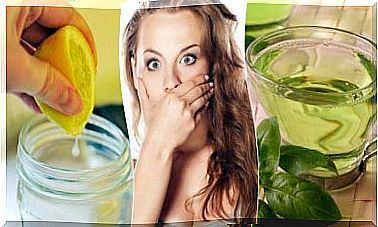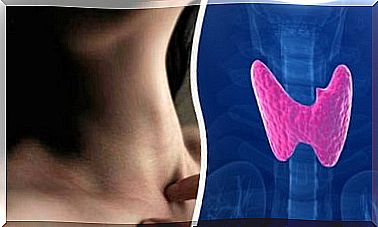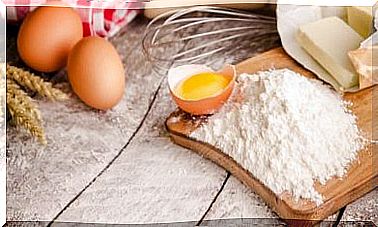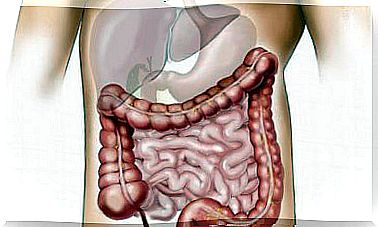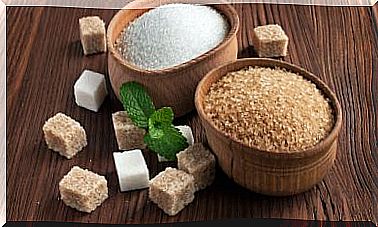9 Tips For Caring For Indoor Plants
Indoor plants require special care. The type of plant, light, irrigation, temperature, all are factors to take into account. If these factors are not adequate, indoor plants languish, fall and die.
In many cases, plants do not end up dying because they are not cared for, but because their needs are unknown. A pleasant and comfortable environment for a human being may not be so for a plant.
Basic tips for caring for indoor plants
For our plants to look healthy, these are good tips to keep in mind:
- The choice of the plant is essential. There are species of indoor plants that need very specific environments and care, while others survive with minimal care.
When buying plants, it is important to find out what environmental conditions they need. Then it will be assessed if the environment in which it will be installed is appropriate.
- All plants require light. Dark-leaved indoor plants and ferns need the least light. If they don’t have enough light, they immediately manifest that lack. The leaves turn yellow and the stems lengthen abnormally, the plant becomes stressed and loses vitality.
For all these reasons, it is necessary to observe how the plant reacts in the space in which it was located. If it doesn’t get enough light, it will have to be moved.
- Proper temperature is an important condition for indoor plants. The sudden changes to which they are sometimes subjected by thermal conditioning damage them. Nor do they resist proximity to these sources of heat or cold.
- Irrigation is a matter of care. One of the most common reasons why indoor plants wilt is from overwatering. The earth is the best guide. It should be damp, but not soggy or muddy.
The thermal conditioning of the environment impacts on the plants’ need for water . The air dries out more than normal and therefore the plant will require more humidity. In these cases, it is advisable to periodically moisten the leaves with a very fine spray. Sprinkling a delicate rain on the plant will give it well-being.
Plant hydration
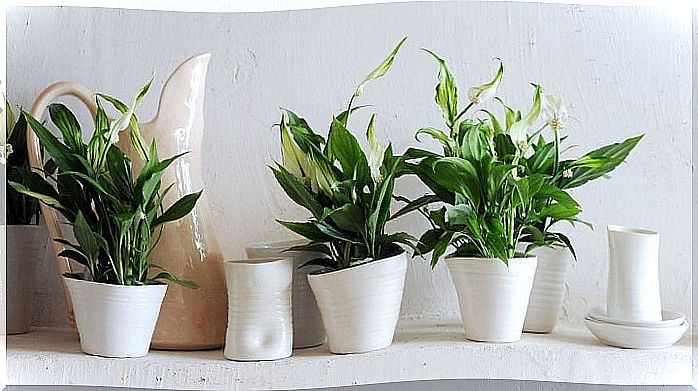
- You can also hydrate the plant from below. To do this, simply immerse the pot in water for a few minutes. In this way it will absorb the necessary amount.
- Keeping the leaves clean helps the health of the vegetable. Indoor plant leaves get dirty and dust makes them dull . To clean them, it is suggested to rub them with a cloth moistened with a few drops of glycerin. The glycerin prevents the powder from sticking to the leaves. In addition, they will be shiny.
- The ideal pots for indoor plants are those made of clay. They are permeable and promote growth. However, plastic ones can also be used.
- When the plate that is placed under the pot has water, it is necessary to remove it. It is excess water and, therefore, the plant no longer needs it. A good tip is to fill these plates with stones or gravel, to avoid that the bottom of the pot is in contact with the residual water.
- Transplants and grafts must accompany the growth of the plants. It is not advisable for the roots to get too tight and roll up in the pot, as they run out of air.
- Transplantation is the ideal time to renew and refine the soil. There are plants that require soils with special characteristics, so it is good to familiarize yourself with these conditions.
- Compost is an indispensable food for plants, especially when they have spent a lot of time in the same soil. The substrate is depleted, the reserves are depleted and the plant continues to need nutrients. In times of growth and flowering, plants require more food, and must be fertilized.
- Attention to fungi and pests. Indoor plants also get sick from pests. It is necessary to be attentive to spots on the leaves or the presence of strange signs. In these cases, technicians should be consulted to control the problem.
Plants contribute to the decoration of the rooms, but they also fulfill a very valuable function for the oxygenation and hydration of the place. With these precautions, it will be possible to keep them in optimal condition.
